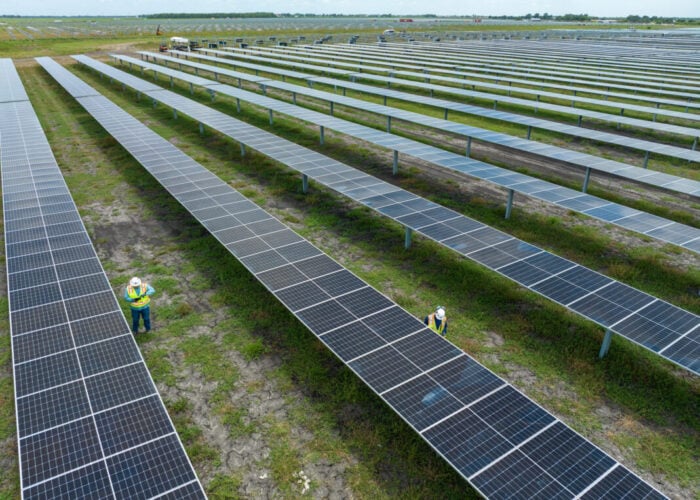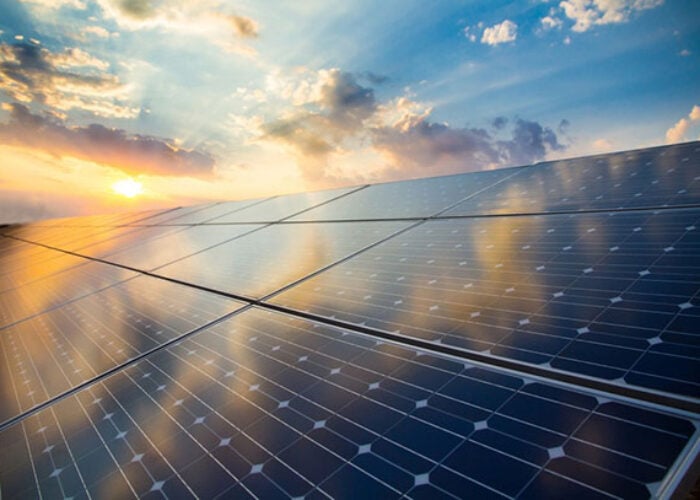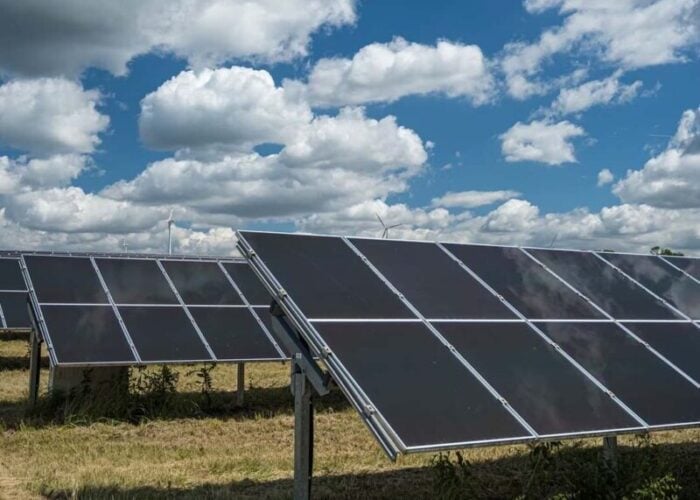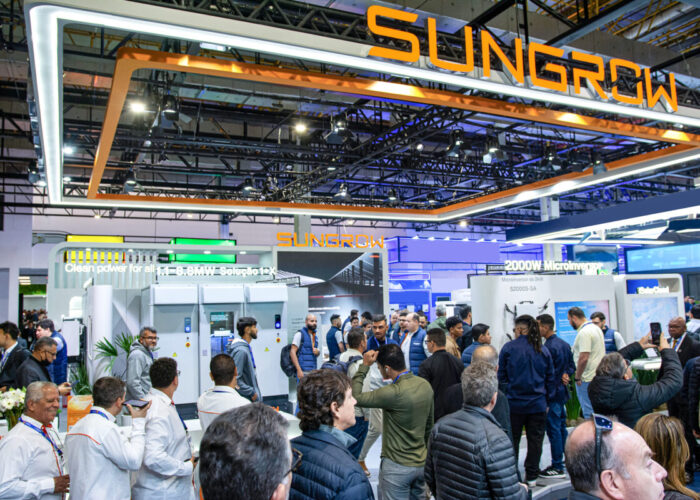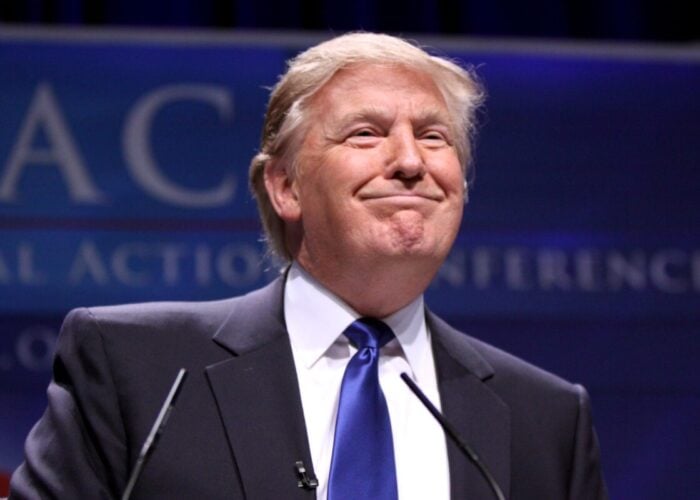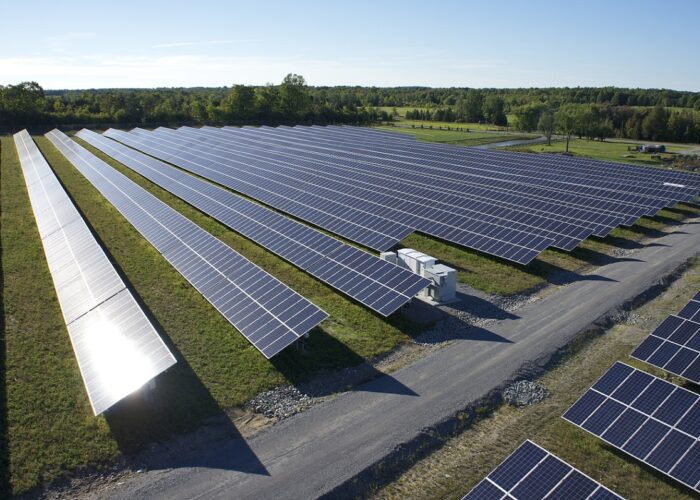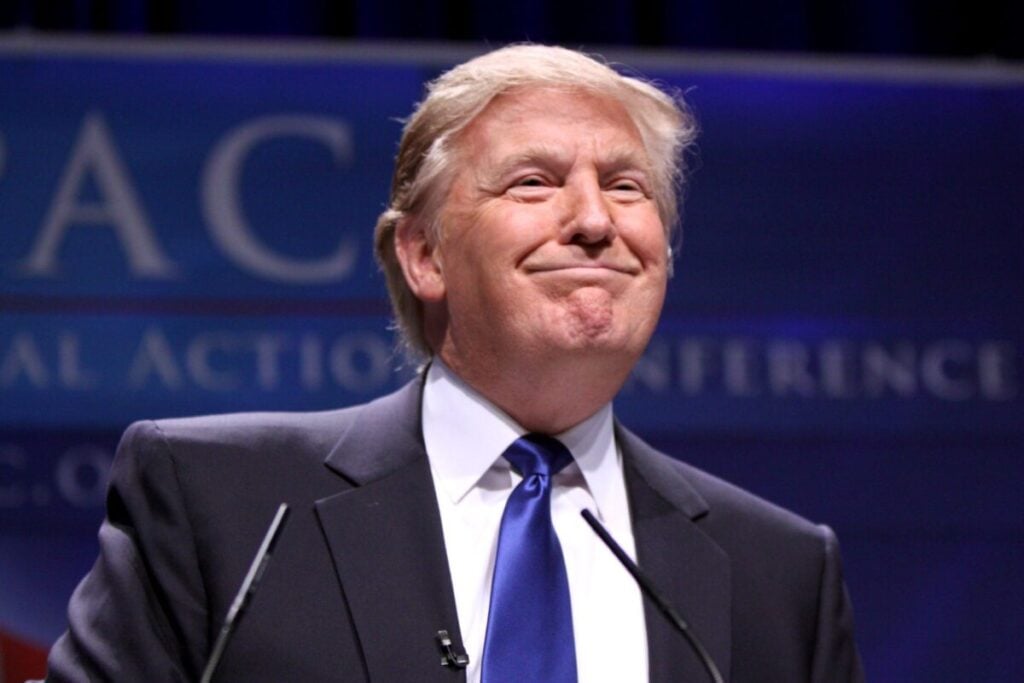
As 2024 comes to an end, PV Tech is reviewing the year in solar, reflecting on some of the biggest stories and trends of the last 12 months. After the struggles of SunPower and Maxeon in Q3, Donald Trump won the US election and news tariffs and legislations were passed against Chinese products.
Outside of the US, the western inverter manufacturing industry has been faced with a challenging period and many layoff announcements, while recent studies have highlighted reliability issues in solar cells and modules. Despite these challenging times for the solar industry, global PV installations reached 2TW, and it only took two years to install the second terawatt of capacity.
Unlock unlimited access for 12 whole months of distinctive global analysis
Photovoltaics International is now included.
- Regular insight and analysis of the industry’s biggest developments
- In-depth interviews with the industry’s leading figures
- Unlimited digital access to the PV Tech Power journal catalogue
- Unlimited digital access to the Photovoltaics International journal catalogue
- Access to more than 1,000 technical papers
- Discounts on Solar Media’s portfolio of events, in-person and virtual
Trump 2.0
It would be impossible not to start the recap of the last three months of the year with a look at the US general election, which saw a clean sweep for the Republican party, winning not only the presidency but also a majority both in the US Congress and the US House of Representatives. PV Tech looked at what a second term from Donald Trump could mean for the solar industry.
And despite Trump’s stance against renewables in general, consultancy Wood Mackenzie wrote that his presidency would “unlikely” derail the US in its energy transition. Meanwhile, the Solar Energy Industries Association (SEIA) recently released its solar policy targets for Trump’s presidency, which includes reducing the country’s dependence on Chinese products and continuing to expand US domestic manufacturing capacity.
Trump’s victory triggered an immediate response from the industry with Chinese solar manufacturer Trina Solar selling its module assembly plant in Texas – with an annual nameplate capacity of 5GW – to battery startup Freyr.
More policy and tariffs
With the second term of Trump’s presidency not due to start until January, the current government has implemented a number of policies and tariffs in its last months in power.
Long asked for by several industry players during the year, the US Department of Treasury (DOT) and the Internal Revenue Service (IRS) have included the domestic manufacturing of silicon ingots and wafers in the investment tax credit (ITC). Under Section 48D of the Advanced Manufacturing Investment Credit rules, ingots and wafers will have a 25% ITC, and this law has been effective since 23 December of this year.
On top of this, the US also released its final rules for the implementation of the Section 48 ITC – which allows investors to receive a tax credit of around 30% of the cost of a renewable energy project in which they have invested – and finalised rules for 45X Advanced Manufacturing tax credits.
However, that last one has seen US representatives propose amendments to section 45X, with many calling to ban Chinese companies from benefitting from it.
In terms of tariffs, the Office of the United States Trade Representative (USTR) increased tariffs on imported Chinese polysilicon and wafers under Section 301. Similar to what happened with solar cells earlier in the year, both polysilicon and wafers will see a tariff increase from 25% to 50%.
The US was not alone in setting tariffs directed towards China or Southeast Asia during Q4 2024. In November, India imposed preliminary antidumping rates on solar glass imports coming from China and Vietnam. The findings concluded that solar glass imports from China and Vietnam were undercutting the prices of Indian domestic industry below the cost of domestic production. India’s Department of Commerce assigned dumping margins of between 50-90% for Chinese exporters and between 30-40% for Vietnamese exporters.
On the other hand, Turkey applied antidumping tariffs of US$25/m2 on imported modules from five countries: Malaysia, Thailand, Vietnam, Croatia and Jordan.
Last but not least, the ongoing antidumping and countervailing duty (AD/CVD) investigation – launched in April by solar manufacturers Qcells, Meyer Burger, REC Silicon and First Solar among others – has seen some new developments in the last months of the year. In two separate instances, the US Department of Commerce (DOC) imposed preliminary CVD (in October) and AD (in December) rates on solar manufacturers in Thailand, Cambodia, Malaysia and Vietnam.
Maxeon’s struggles continue
As explored in the Q3 review, Maxeon’s struggles have carried on in the last part of the year. The company saw its modules detained by the US Customs and Border Protection (CBP) back in September, and announced plans to submit “one or more protests” against the CBP in November due to the modules still being detained at the time.
Shortly after, the Singapore-based manufacturer entered in an agreement-in-principle for the sale of Maxeon’s EMEA, APAC and LATAM sales and marketing organisation to TCL Technology Group, the parent company of Maxeon’s majority shareholder, TCL Group. The sale of its non-US assets was aimed to focus the company’s business “exclusively” on the US, as it continued to post losses in its Q3 financial results.
Inverter manufacturers’ downturn
In what has been a complicated year for solar manufacturers, it has also been the case for several major western inverter manufacturers.
SolarEdge, Enphase and SMA Solar all announced job cuts as the inverter market experiences “growing pains” (Premium access) due to falling prices, shifting demand and technological product changes.
On top of reducing its workforce, SolarEdge closed its storage division to shift its focus to its PV-related energy storage activities and more recently appointed Shuki Nir – who previously served as chief marketing officer – as its new chief executive officer.
Due to this negative situation, European trade association SolarPower Europe called on the European Union to implement an “action plan” to save the continent’s PV inverter industry. The statement from the trade association was made at the offices of SMA Solar, one of the companies which has been affected by the slowdown of the European rooftop market.
European legislators reacted quickly, with Lithuanian lawmakers adopting legislation that would block Chinese inverter manufacturers to remotely access the country’s solar and wind power plants.
Solar cells and module reliability issues
To wrap up this final quarter of 2024, we look at several reports that unveiled technological issues from solar cells and modules. As the transition from p-type to n-type continues, with tunnel oxide passivated contact (TOPCon) setting itself up as the market leader, issues have arisen.
A study from the Fraunhofer Institute for Energy Systems (ISE) in Germany has detected reliability issues in tunnel oxide passivated contact (TOPCon) solar cells. The study detected failure modes that appear to be noncritical, such as light- and temperature-induced degradation (LeTID), while critical degradation effects caused by moisture ingress and UV irradiation in accelerated aging have also been uncovered in the study.
Another study, this time from the National Renewable Energy Laboratory (NREL), highlights the growing trend of glass module breakage due to modules’ increasingly being larger and thinner.
The report identifies “spontaneous breakage” – cracks that emerge across panels with no clear point of origin such as a hailstone – occurring more often in thinner and larger modules, particularly those using sheets of glass thinner than 3.2mm, or “usually” as thin as just 2mm.
However, the report suggests that modules’ bigger sizes are unlikely to have been the sole contributor to the significant increase in module breakage.
To end this article and the year on a more positive note, several Fraunhofer institutes published the results from a recent study regarding next-generation tandem solar cell technology.
Through a five-year project, dubbed “MaNiTU”, the institutions aimed to identify the most sustainable path to market for tandem solar cells; in the lead are perovskite-silicon tandem solar cells. Among the other findings from the research is the fact that the researchers did not find a non-toxic alternative, which does not require the use of lead for perovskite compounds, to produce tandem solar cells.

